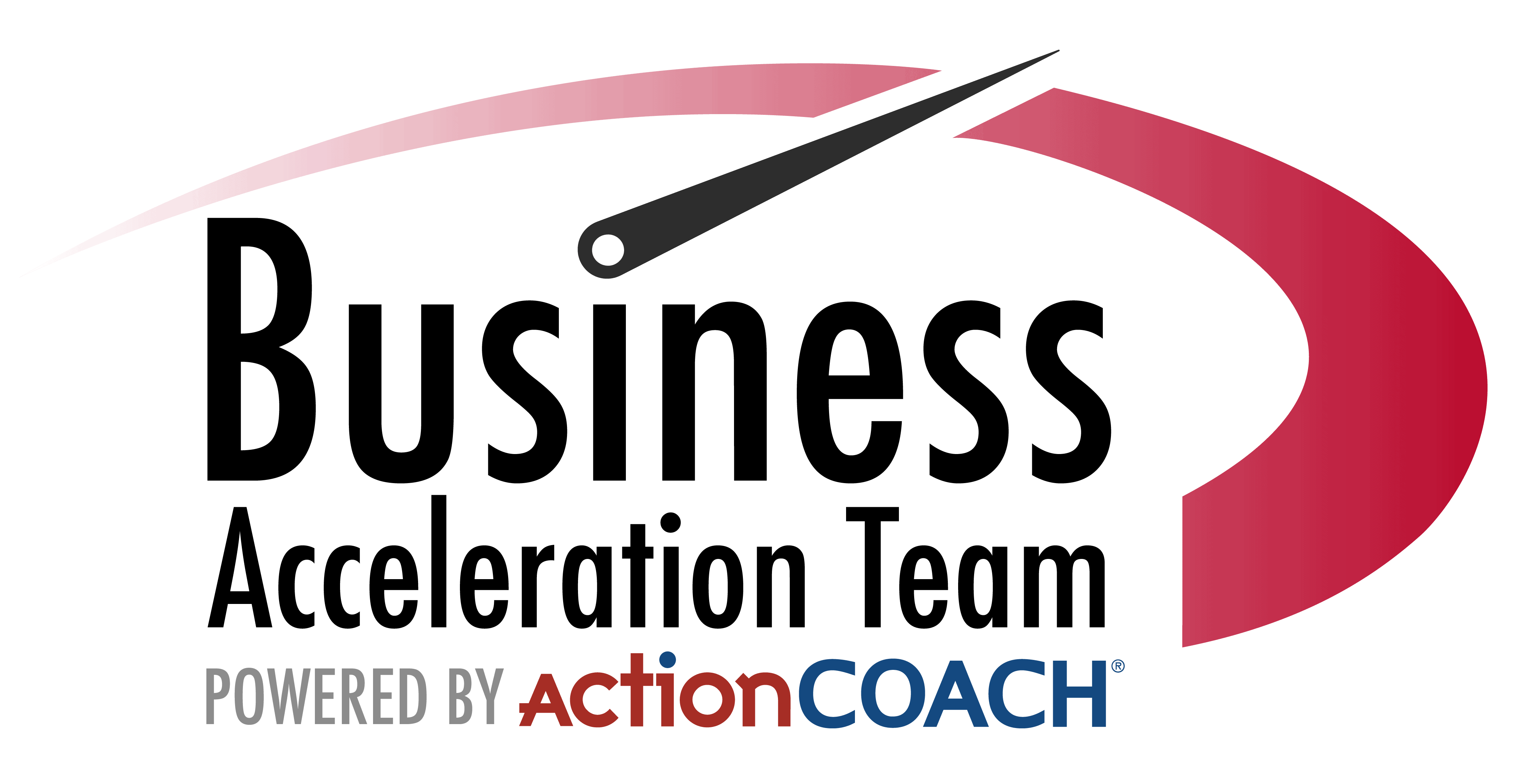14 Jul Great Employees Aren’t Found, They’re Trained
Have you ever heard the saying, “Hire for attitude, train for skill?” Well, it’s more than just a catchy phrase; it’s a philosophy that I’ve come to live by in the world of business.
The truth is, the secret ingredient to a thriving company isn’t just in hiring individuals who seem to have it all but in cultivating the potential within each team member.
Let me share a story that I believe encapsulates this philosophy perfectly. Once upon a time, there was a young, eager professional named Jamie.
Jamie didn’t have a long resume of experience or a degree from a prestigious university. What Jamie did have was a sparkle in the eye, a willingness to learn, and a work ethic that could outshine the most seasoned veterans.
In our search for the perfect candidate, we could have easily overlooked Jamie. But instead, we saw a diamond in the rough, ready to be polished. And so, we made a decision that would not only change Jamie’s life but would also significantly impact our company’s future.
We invested in Jamie. We provided training, mentorship, and the opportunity to grow. We didn’t just hand over a manual and expect miracles.
No, we walked alongside Jamie, guiding and nurturing that innate potential. And guess what? Jamie didn’t just meet our expectations; Jamie exceeded them in ways we couldn’t have imagined.
This is not a one-off fairy tale – it’s a narrative that can unfold in any organization willing to put faith in their people. When you invest in training your employees, you’re not just giving them skills; you’re empowering them to become the architects of their own success.
You’re creating an environment where great employees aren’t just found; they’re trained.
Training is not an expense; it’s an investment. It’s an opportunity to build a workforce that is not only competent but also committed and culturally aligned with your organization’s values. It’s about fostering an environment where employees feel valued and invested in, which in turn, cultivates loyalty and dedication.
So, let’s shift our mindset. Let’s look beyond the resume and the accolades. Let’s look at the person in front of us and ask ourselves, “What could they become with the right training and support?” Because when you do that, you’re not just filling a position – you’re shaping the future of your company.
Great employees are like seeds. They have all the potential inside them, but without the right soil, sunlight, and water, they can’t grow into the strong trees they’re meant to be.
It’s our job as leaders to provide those conditions, to nurture and tend to our team, and watch as they grow into something beyond our wildest expectations.
Remember, the next time you’re on the hunt for that “perfect” candidate, consider the power of training. You might just find that the best employee you ever had was the one you helped build from the ground up. Great employees aren’t just found; they’re a product of the culture, training, and opportunities you provide.
Let’s commit to being the cultivators of greatness within our organizations. Because when we do, the possibilities are endless.











